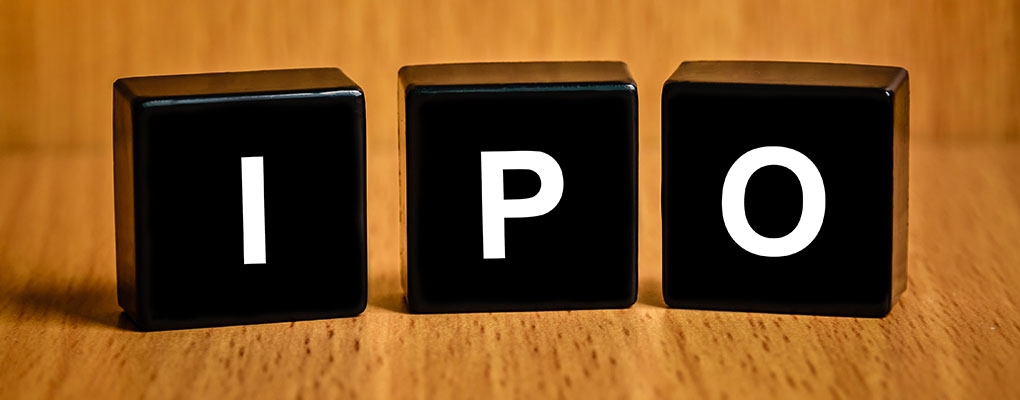Practical Tips for Identifying Hidden Plumbing Leaks in Your Home
Water-related issues in residential properties can often go unnoticed until they escalate into significant damage. Recognizing the early signs of moisture problems is crucial for maintaining the integrity of your living space. Adopting a proactive approach to monitoring your home will save you time and resources in the long run. For those looking for guidance, this resource can provide valuable insights into addressing these challenges.
Common leak locations within the structure can include areas behind walls, under floors, and around fixtures. Often, these spots harbor dampness that may lead to more severe consequences if left unchecked. Understanding where to look and what symptoms to observe can empower homeowners to tackle issues before they become overwhelming. By enhancing your awareness of potential problems, you not only protect your property but also ensure a healthier living environment for you and your family.
Identifying Signs of Water Damage in Your Home
Recognizing the indicators of water deterioration is a crucial aspect of home maintenance. Water stains on walls or ceilings often signal underlying issues that require immediate attention. If you notice discoloration, bubbling paint, or peeling wallpaper, these moisture indicators could mean a problem is brewing. For a more detailed analysis, infrared technology can be used to efficiently locate hidden moisture areas that are not visible to the naked eye.
Claim your free spins on https://donyousemplumbing.com/ and boost your winnings.
In addition to visual clues, it is advisable to employ prevention strategies, such as regular inspections and maintenance of plumbing systems to mitigate potential issues. Engaging professionals for thorough inspections can reveal unseen problems and provide peace of mind. Furthermore, conducting dye tests can help in identifying leaks that may be causing hidden water damage. Taking these proactive steps ensures your home remains safe from the detrimental effects of water-related issues.
Utilizing Water Meter Readings for Leak Detection
Monitoring water meter readings can be a practical method to identify excessive consumption that might indicate a hidden issue in your plumbing system. By regularly checking your meter, you can notice unusual spikes in water usage, prompting further investigation. For more insights on mitigating water problems, visit https://donyousemplumbing.com/.
When analyzing your water meter, mark the reading at a specific time, then take another reading after a few hours, ensuring no water is used during that period. If the numbers change significantly, you may have a problem. Complementing meter monitoring with other techniques, such as observing moisture indicators around common leak locations, can enhance your chances of pinpointing hidden issues.
Dye tests can also be beneficial, particularly around toilets and fixtures, where leaks are common. Adding dye to toilet tanks or fixtures can reveal if water is seeping into unwanted areas. Additionally, acoustic sensors are available to detect the sounds of dripping or running water, providing another avenue for finding concealed issues.
For those who prefer comprehensive methods, professional inspections can deliver an expert assessment of your property, utilizing advanced tools and their expertise to locate problems you might overlook. Incorporating these prevention strategies can aid in maintaining your plumbing system and preventing future complications.
Employing Basic Tools to Locate Plumbing Leaks
Identifying water issues early on can prevent extensive damage to your property. Utilizing basic tools for detection can simplify the process. Moisture indicators are handy devices that measure dampness levels in various materials. These tools help homeowners identify potential problem areas without the need for invasive inspections. For a deeper understanding of your water system, consider employing infrared technology, which can visualize temperature differences and pinpoint areas of moisture accumulation.
Another practical method involves dye tests, which can highlight issues at common leak locations, such as toilets and sinks. By adding a colored dye to the water supply, you can observe if the dye appears in areas it shouldn’t, indicating a potential failure in the plumbing system. Acoustic sensors are useful tools that detect the sound of water escaping from pipes. These sensors can often pinpoint leaks behind walls or under floors without any demolition. Regular professional inspections are advisable to maintain a healthy water system and implement effective prevention strategies. Being proactive can save you from costly repairs down the line.












